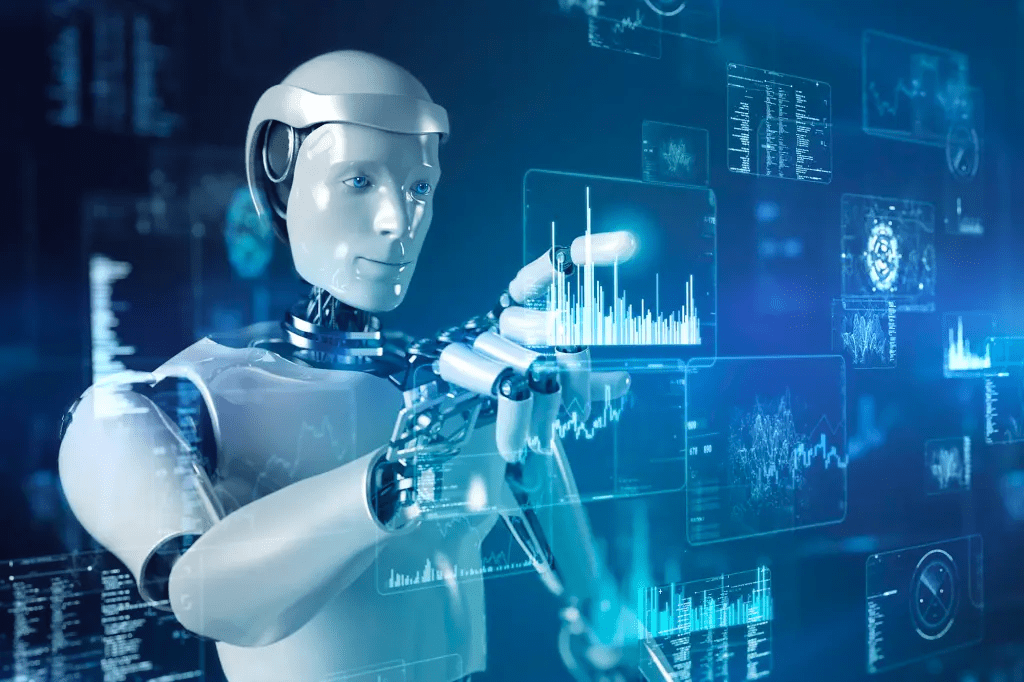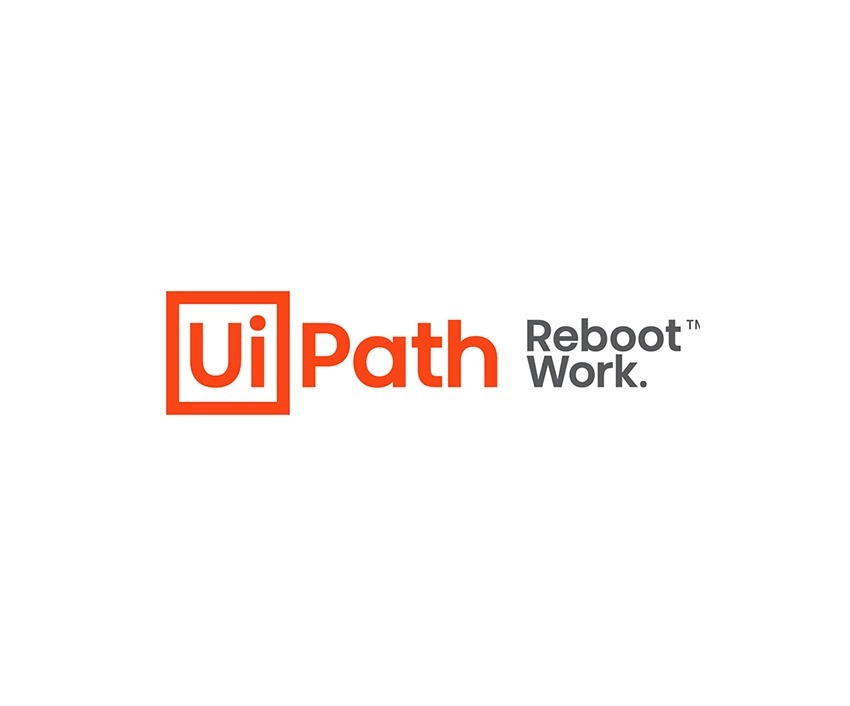RPA helps in automating repetitive tasks, which results in faster completion of processes, reducing the time taken for manual work.
RPA
Robotics Process Automation

RPA
RPA (Robotic Process Automation) refers to the use of software robots or “bots” to automate repetitive, rule-based tasks, thereby streamlining workflows and improving operational efficiency within businesses or organizations. These software robots are designed to mimic human actions, performing tasks such as data entry, invoice processing, report generation, and other routine activities across various systems and applications. RPA aims to enhance productivity, reduce human error, and allow employees to focus on more strategic and value-added tasks.
Benefits
Improved Efficiency
Cost Savings
By automating tasks, businesses can save costs associated with manual labor, leading to increased operational cost-efficiency.
Error Reduction
RPA minimizes human errors in tasks such as data entry, leading to improved accuracy and data quality.
Enhanced Scalability
RPA software robots can be easily scaled up or down based on demand, allowing flexibility in managing workloads.
Increased Productivity
It frees up employees from mundane tasks, allowing them to focus on more strategic and creative initiatives, thus boosting overall productivity.
24/7 Operations
Robots can work round-the-clock, performing tasks continuously without interruption, enabling processes to run non-stop.
Compliance and Audit Trail
RPA provides a comprehensive audit trail, ensuring compliance with regulations and allowing easy tracking of process histories.
Improved Customer Service
With automated processes, organizations can respond faster to customer queries and deliver services more efficiently, enhancing customer satisfaction.
Integration Capabilities
RPA can be easily integrated with existing systems and applications, providing a seamless workflow across different platforms.
Adaptability and Agility
RPA systems can adapt to changing business requirements quickly, allowing businesses to be more agile in responding to market dynamics.
Used Cases
RPA is widely used across various industries to improve efficiency, accuracy, and productivity.
Here are some common use cases for RPA:
- Data Entry and Migration
- Invoice Processing
- Customer Onboarding
- Employee Onboarding and Offboarding
- Data Extraction and Validation
- Financial Closing and Reconciliation
- HR Processes
- Healthcare Claims Processing
RPA Tools
Execution
- Planning Implementation: Translating strategic plans or ideas into actionable steps and initiatives that teams can execute.
- Resource Allocation: Allocating human, financial, and technological resources to support the execution of plans and initiatives.
- Task Delegation: Assigning responsibilities and tasks to individuals or teams, ensuring clarity about roles and expectations.
- Monitoring Progress: Keeping track of the progress of various initiatives, projects, or tasks to ensure they align with set objectives.
- Monitoring Progress: Keeping track of the progress of various initiatives, projects, or tasks to ensure they align with set objectives.
- Adaptation and Flexibility: Being adaptable and flexible to adjust plans or strategies based on changing circumstances or unforeseen challenges.
- Communication and Coordination: Ensuring effective communication among team members, departments, or stakeholders involved in the execution process to maintain alignment and collaboration.
- Evaluation and Improvement: Assessing the outcomes and results of executed plans or initiatives, identifying areas for improvement, and implementing changes to enhance future executions.











